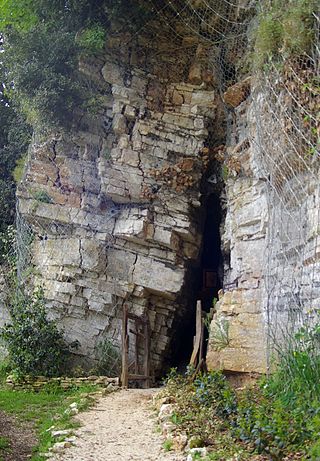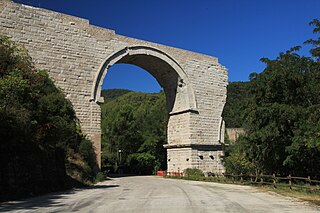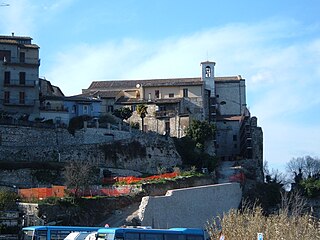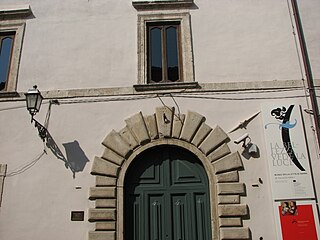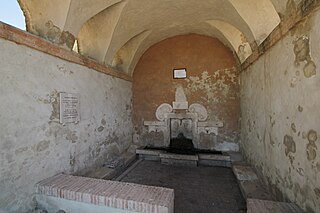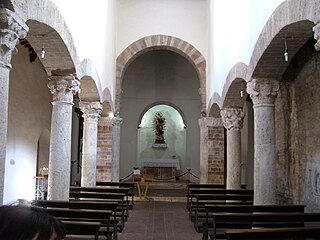6 Sights in Narni, Italy (with Map and Images)
Legend
Welcome to your journey through the most beautiful sights in Narni, Italy! Whether you want to discover the city's historical treasures or experience its modern highlights, you'll find everything your heart desires here. Be inspired by our selection and plan your unforgettable adventure in Narni. Dive into the diversity of this fascinating city and discover everything it has to offer.
Sightseeing Tours in Narni1. Sacro speco francescano
The Speco di San Francesco is one of the most important sanctuaries of Franciscanism, located near Narni at about 600 m above sea level: built near the caves where the saint of Assisi used to retire in prayer, it is the destination of numerous pilgrimages. The speco is a 60 m long crack that descends almost vertically into the valley below.
2. Bridge of Augustus
The Bridge of Augustus is a Roman arch bridge in the Italian city Narni in Umbria, built to carry the Flaminian Way over the river Nera. Of the original four spans of the 160-metre-long (520 ft) bridge, only the southernmost remains standing.
3. Chiesa di Sant'Agostino
The Church of Sant'Agostino is a church in Narni, built in the early fourteenth century by Augustinian friars. The current church, begun at the end of the thirteenth century, has a bare façade and a singular entrance.
4. Palazzo Eroli, Museo della Città
The Eroli Museum is located in the municipality of Narni and is located in Palazzo Eroli, built between 1600 and 1700 and home of the noble family of the same name in Narni until 1984, when it was purchased by the Province of Terni.
5. Fonte Feronia
The source of Feronia is a source of water of pre -Roman origin found in Narni. It was dedicated to the goddess Feronia who, in the Narni of the time, enjoyed a cult and respect to be venerated, as well as by the Umbrians, but also among the Etruscans, the Volsci and the Sabines. The water of the source, now declared non -drinking and not controlled, was highly appreciated by the necessary for its characteristics of purity and lightness. Features that brought the ancient inhabitants very far from the center of city life thus becoming a destination for pilgrimages in honor of the goddess which, among other virtues, represented eternal spring and the purity of the waters. The original temple, the statue of Feronia and the Sacred Bosco of Ombrosi Elci were destroyed by the first Narnese Christians. As a consequence that place, considered sacred until recently before, was called "Maccla Mortua". The first historical indication of the site occurs in 1100, as can be seen from the writing Liber Geneniagraphus sive cleronomialis Ecclesiae Farfensis, better known by the name of Regestum Farfense written by Gregorio Di Catino in 1128, where the will of a Narnese nobleman, Beraldo is reported of Rolando, who donated all his assets to the abbey of Farfa except for the "Maccla Mortua Quae Vocatur Ferone".
6. Chiesa di Santa Maria Impensole
Santa Maria Impensole is a Romanesque style church in the center of Narni, Province of Terni, Italy. The church name likely derives from the term in pisilis which refers to either overhanging or held in suspension.
Share
How likely are you to recommend us?
Disclaimer Please be aware of your surroundings and do not enter private property. We are not liable for any damages that occur during the tours.
